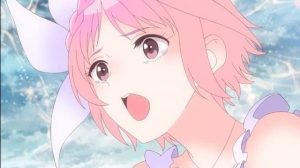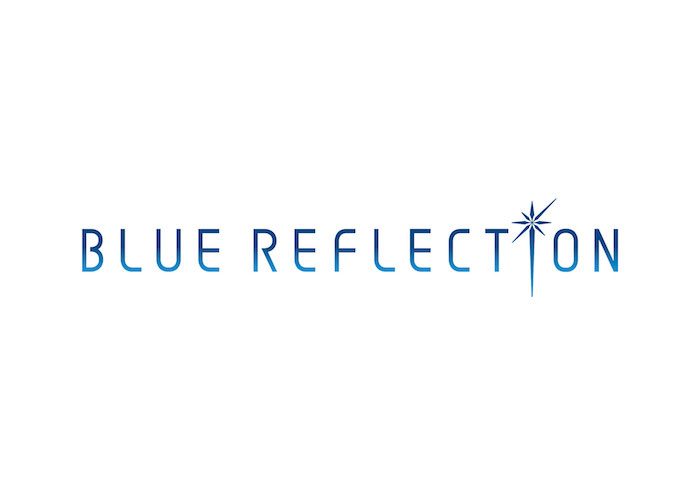
- System: PS4
- Publisher: Koei Tecmo
- Developer: Gust Co. Ltd.
- Release Date: Sept 26, 2017
Who it Caters to
Blue Reflection - Story Teaser
What to Expect
Themes of Reflection: the Story, Visuals, & Audio
What some consider secondary to the story and gameplay, the music and visuals of Gust’s stories are so often intertwined with their works that to remove them would be like yanking the blue out of reflection. It’s not always explicitly obvious or stated within Gust stories, but there’s a very good reason why the music and visuals are such memorable parts of the experience for Gust fans.
Story
Yuzu and Lime are Reflectors, magical girls whose power allows them to battle demons in the Common, a world created by Humanity’s collective unconsciousness and emotions. By collecting fragments of human thoughts and emotions, Reflectors can fight back against the Sephira, colossal monsters that threaten to destroy life. Before the world is destroyed, Yuzu and Lime need someone else to join them. That person is Hinako, the third Reflector.
Art Direction and Thematic Qualities
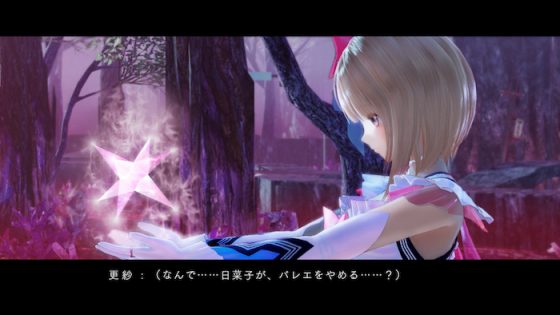
When we look back upon our lives and examine our past, we’re looking at the past through a focused lens, a singular, condensed perspective of what life is. At some point or another, many people reflect on their childhood, and while not all memories of high school are fond, it’s certainly a time where much of our identity is developing. This is a time before we head into the real world, a time where our worldview has not fully developed. We’re children on the verge of becoming adults, and this closed world, while only one aspect of our lives, is a small and very personal one.
Blue Reflection, without a doubt, wants to conjure up feelings of nostalgia, and by associating itself during a time where we’re still growing up, it chooses to display a highly-condensed and focused narrative about youth. While nostalgia is itself a “rose-colored lens,” Blue Reflection is more than just a story about the past. It’s a story about someone so traumatized by her loss, she can’t give up the past--she is so trapped by the nostalgia of what once was, she’s unable to live in the present or dream of a future. While nostalgia can bring feelings of intimacy, obsessing over the past can be a trap. The letterbox the visuals brings us intimately close to someone who can’t escape it. We’re trapped alongside her, and this narrow, condensed world that we see on the screen is the same world she sees.
There are only two times the game opens up from this “letterbox framing,” and that’s when either the player controls Hinako or during very specific cutscenes when her identity expands.

It’s no surprise that magical girls are often associated with adolescent growth and student life, and it’s this familiar combination is exactly what Blue Reflections wants to emphasize. The memories of high school share themes with the magical girl genre and by borrowing the magical girl genre, the game is given structure. The fights in the Common, the battle against demons to protect humanity’s emotions and thoughts, parallels the same demons we face in our lives. Rampant emotions break bonds, but by understanding them and resolving them, the protagonist’s powers and her sense of self-become stronger. To change the outside world, one must first reflect on themselves.
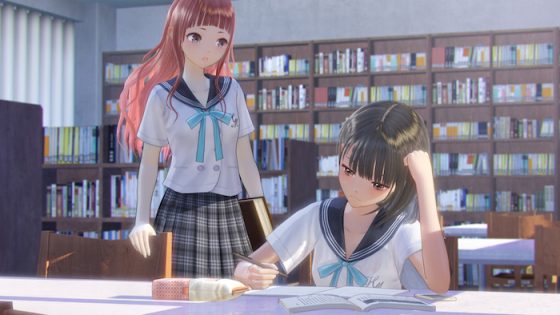
Sound Direction and Thematic Qualities
If sound had wheels, then Hayato is the vehicle that drives the music forward. His ability to hone in on to the themes of Blue Reflection make for some of the most memorable soundtracks I’ve heard in any game, and coming from a company that has defined itself by its music, Hayato has more than proven himself as one of the industry’s best composers. I can think of no higher praise than to say Blue Reflection could not be improved by any other composer.
In Blue Reflection there are 3 areas where the music is explicitly different. These areas are the high school, the Common, and the boss fights against the colossal Sephira. In defining these areas distinctly, one begins to see the ingenuity in the sound direction.
Right from the title screen, we’re presented with a brief look into Hayato’s creative mind. A melody reminiscent of a graduation song is played, its voice characterized by a piano solo that echoes as if played in an auditorium. This piano keeps building itself, moving until it comes into contact with daily life. The sound of trains moving across train tracks and the ringing of the closing gates set the listener on a destination.
Continually building its presence, the piano gains momentum, it moves alongside the train until we’re close to people, their voices create an atmosphere, their voices adding a new layer of sound. The piano steps back from the melody. It plays chords to support the introduction of an unfamiliar sound. Without being jarring, synthesized music is eased into the song by the piano gently nudging it forward. Its introduction akin to a new student in the class, scared at first, but part of the nostalgia of school life. The sounds of the chalkboard being erased chime in, and we’re finally at our destination: high school.
Whereas synthesized music was less prominent before, in the Common, a world where the Reflectors fight against demons for humanity’s thoughts and emotions, explodes into fray. Electronic music quickly defines the Common’s battle music. The instrumentals, the clear piano, and violins are given willpower. It synergizes into a symphony against a present threat, a discord of sparse but strong bassline of dubstep. The battle music presents itself as hopeful, the battle favoring our protagonists, however...

...The boss battles, a fight for survival, a violent clashing of good and evil. Each theme comes into play as the battle grows closer to its finish, each voice desperately trying to control the outcome and the direction of battle. The voice of everyday life (instrumentals) needs the hope of the future (electronic music) to combat an obstacle so colossal, its very movement, the Sephira’s heavy drumming of its steps, changes the music (dubstep). In the three phases, players go through to defeat a boss, the music evolves into a different rendition of the theme, a swaying back and forth between the hope and despair. As the Sephira gets closer, and you reach the final phase of the boss battle, the Reflectors no longer look ahead in the distance, they must look up and face the evil that towers over them.
Gameplay
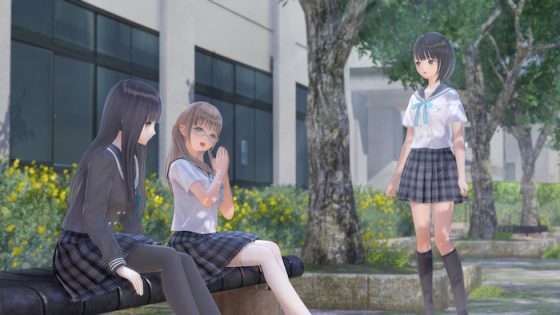
Daily Life
- Common Search: a mission where the player must defeat a specific enemy or gather items
- Item: crafting a specific item will complete this quest
- Important: missions that involve bonding with 1 of the 12 supporting characters
- Location: Missions that require the player to visit a specific area in school
- Vital: Missions that govern the leveling system
It’s important to mention that level ups are limited and points you invest in your stats will give you different abilities. Luckily, the game displays the requirements needed to get certain skills, so players are able to plan ahead on how they build their characters. Raising the affection of the supporting cast also gifts the player with skill equipment. Attaching this equipment modifies the properties of the attack or support skills ranging from damage output to status-affliction. Carefully modifying your skills will enable multiple strategies to unfold in battle.
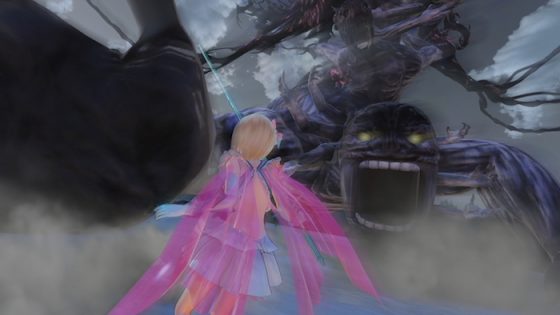
Battle System
- Attack: Your offensive skill selection of physical, magical, and turn order delay attacks
- Support: Your defensive options like healing, buffs, debuffs, and ailment-affliction
- Ether Charge: An option that puts your character into a charge stance. Characters during this state will continually recover their magic points while charging up the Ether Gauge, a bar that ranges from 0 - 100 that governs your option to use overdrive or additional skills while waiting for turns to arise
- Overdrive: Characters are able to choose another attack or support skill for every 30% of the ether gauge spent
- Support (Healing): Holding up on the d-pad heals the supporting cast, which can be triggered when Reflectors choose to attack or support skills, giving additional damage or buffs to your characters. This option, as well as support attacks, are only available during boss fights
- Guard: Holding right on the d-pad increases the guard gauge. By raising the guard gauge higher, damage inflicted is lowered or by timing your guard just as enemies attack, you can reduce damage
- Timeline: Holding down on the d-pad increases the speed your characters reach the center of the timeline while slowing down the enemy
- Recovery: Holding left on the d-pad heals HP and MP in slow increments
Honey's Gameplay Consensus:
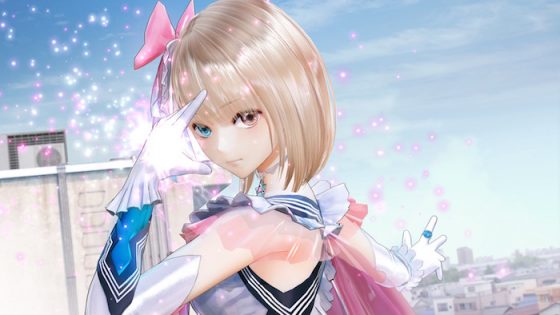
The daily life missions are also a bit of a hassle. While it’s praiseworthy to use a new leveling mechanic, especially since it synergizes with the idea of how Reflectors build strength from their bonds and emotions ties, it’s a little unfortunate that so many missions become a chore instead of an experience.
Scenes where voice acting takes place and camera angles are purposefully shot end up being the highlights of Blue Reflection’s story while the best battles are almost always the boss battles, the very rare time that players are challenged. Despite the flaws in gameplay, I think most of it is forgivable. The emotional journey ends up being a rather enriching one, and just as Blue Reflection took risks that failed in gameplay, it also took risks that certainly paid off in its story.
Honey's Pros:
- A well-thought-out, familiar story of adolescent growth and identity
- Music is astounding and easily among some of Gust’s best soundtracks
- Great art direction that ties together and enriches the story and its themes
- An interesting idea on a new leveling system that doesn’t involve fighting multiple battles
Honey's Cons:
- An extremely easy difficulty setting that makes most battles far too short
- A number of missions and their low variety end up making finishing missions feel like a chore
Honey's Final Verdict:
I really enjoyed writing this article, and although I wish I could say more, I think I’ll leave it open for future discussion. Feel free to comment below if you enjoyed the game or article. I’d love to hear your thoughts!
Recommended Post


